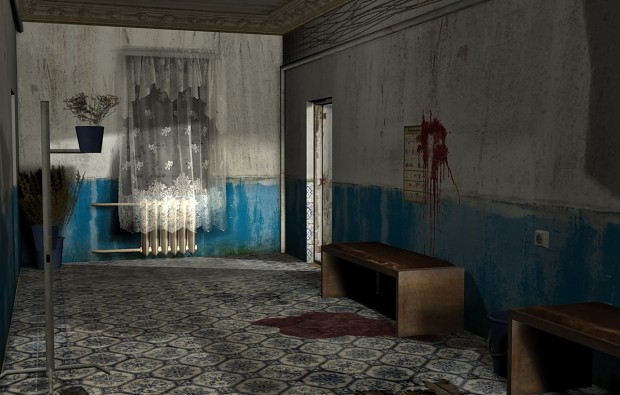
You would need more GP and additional diagnosis rooms with this strategy as well, since the patients stay longer in the diagnosis part. You may end up with more money per patient, or significantly less. These examples illustrate the risk this strategy would have. Doctor fails the initial diagnosis and sends the patient to additional diagnosis room, let's say Scanner (+100$) -> Scanner (+600$) -> goes back to GP (+100$) -> Diagnosis failed, patient is sent to home or auto-autopsy. Scenario 3: -> Reception desk -> GP with a "bad" (Junior) doctor. Doctor fails the initial diagnosis and sends the patient to additional diagnosis room, let's say Scanner (+100$) -> Scanner (+600$) -> goes back to GP (+100$) -> Diagnosis was correct, patient is sent to Pharmacy and is cured (+2268$). Scenario 2: -> Reception desk -> GP with a "bad" (Junior) doctor. Doctor diagnoses the patient's condition without additional diagnosis (+100$) -> Patient is sent to Pharmacy and is cured (+2268$) Scenario 1: -> Reception desk -> GP with a "good" (Consult) doctor. In all of them a patient arrives to your hospital, "suffering" from Invisibility. I'll give 3 scenarios to illustrate this problem. Having a non-Consult in specifically GP room could be a good idea if you know what you are doing. I'd say Consult doctors are the way to go in general since they are very efficient and give the most diagnosis points to the patient. Curing rooms are Pharmacy, Operating theatre, Slack tongue etc. The patient is first diagnosed and if the diagnosis is successful it is then cured - if the diagnosis is failed you get a fax to the fax machine that prompts you if you want to send the patient home or to the auto-autopsy. I hope this enlightens the reasons behind my choices in the run. Sorry for long post, I tried to keep it brief. This surely increases money obtained from diagnosis, but is it worth it, if some proportion of patients' diagnosis fails because of this? This would result in less money from cure - curing the patients gives the most money after all. One interesting strategy that I haven't covered is intentionally having a poor doctor at GP, forcing patients to take additional diagnosis. This is really an optimization problem that would need more research. However, if the lines don't get too long, having no X-ray could be beneficial. X-ray doesn't give the most money, but it operates very quickly => long queues don't form. I also don't build Blood machine, since it is not as good as Scanner, Ultrascan. A quick look at the table gives us confidence that the Cardio is a bad deal, and should be avoided. The doctor at GP guides patient to "most suitable" diagnosis rooms, if additional diagnosis is needed. Points could be found from game files - here I list "medium", "high", "very high" based on my observations. Some diseases require more diagnosis points than others.įinally, the room size matters for obvious reasons. When patient visits a diagnosis room their diagnosis points are incremented according to diagnosis room's and doctor's skill points. In short, this means that some diagnosis rooms are more effective at producing correct diagnosis than others. GD default charge is 150$ Scanner is 600$.ĭiagnosis rooms yield diagnosis points. This is the reason why I sell General diagnosis room and build Scanner room in its place. Your hospital fines the patients more for the more expensive diagnosis equipment. This is pretty obvious if one monitors them closely.ĭifferent diagnosis rooms cost money, but since you need hospital value anyways, that variable can be ignored.

Time taken per visit (with optimal design), money obtained per visit (with default charging), diagnosis points for patient, minimum room sizeĭiagnosis rooms have different time taken per patient. Minimising this path maximises hospital efficiency, but that is a separate topic and I don't discuss it further now, except that it was one variable on the planning of Festering-on-the-World. Patients' route in hospital: -> Reception desk -> GP -> (if needed: additional diagnosis -> GP) -> Cure. Why are diagnosis rooms needed? Apart from GP, they really aren't. Room placement related to other rooms and reception desk Keep in mind that the theory is specifically for Hard difficulty, and some things are different in easy difficulty - for example, doctors cost less money.

I could write a full-length article about diagnosis rooms, but I try to explain briefly here. I don't add Cardiogram since I've concluded that adding it could even be harmful. I think adding X-ray in that level would be a good idea, but not mandatory. The matter is a really complicated optimisation problem. That is a good question and I like answering such questions.


 0 kommentar(er)
0 kommentar(er)
